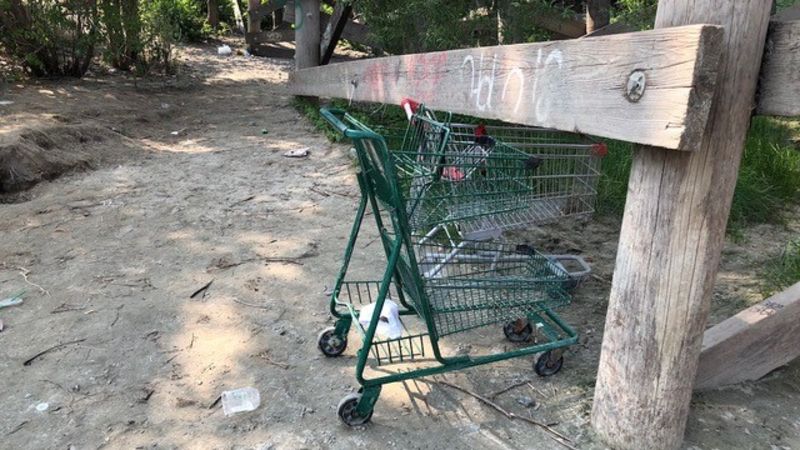
ROTHENBURGER: Solution to disappearing shopping carts remains elusive
GOING ON FOUR YEARS after shopping carts became a high-profile issue, there’s still no solution.
In 2017, Kamloops RCMP embarked on a crackdown on shopping-cart theft, seizing carts from the homeless and returning them to their rightful owners.
It seemed like a proper approach. Police were getting a clear message from businesses. A shopping cart costs about $250. Taking one off the store property is a crime. Such theft costs merchants a great deal of money.
So, between June and September of that year, 33 carts were returned to local businesses. It was intended as a good-news story but public reaction was very different from what was expected. People were outraged by such treatment of homeless people.


